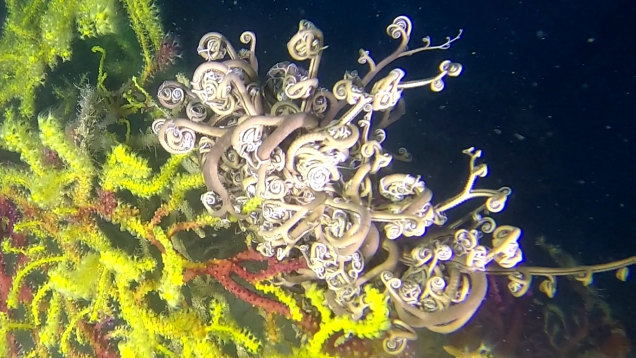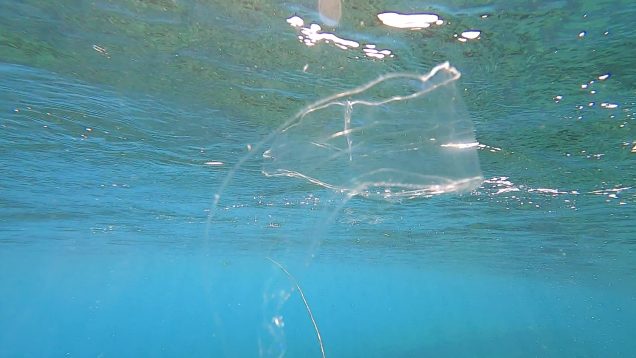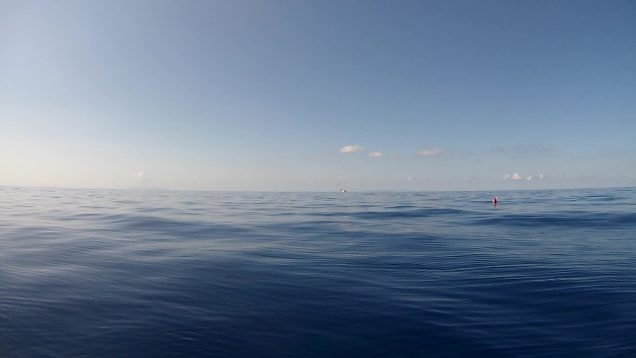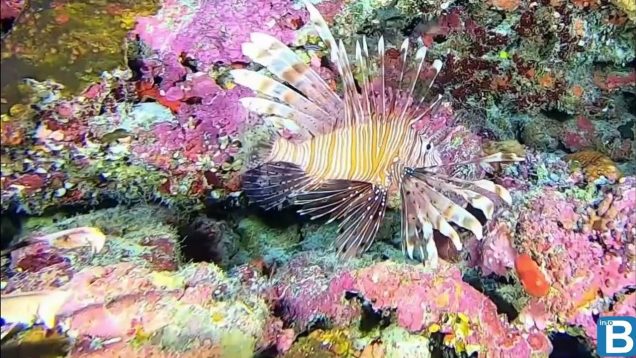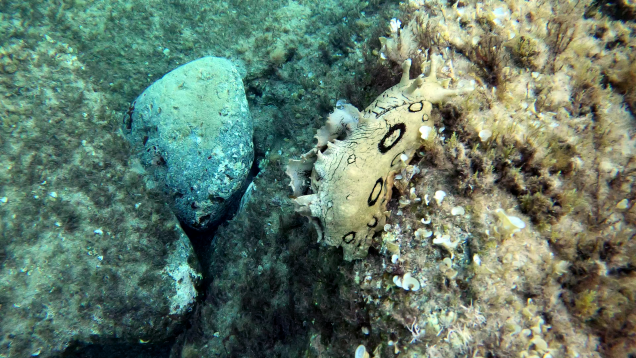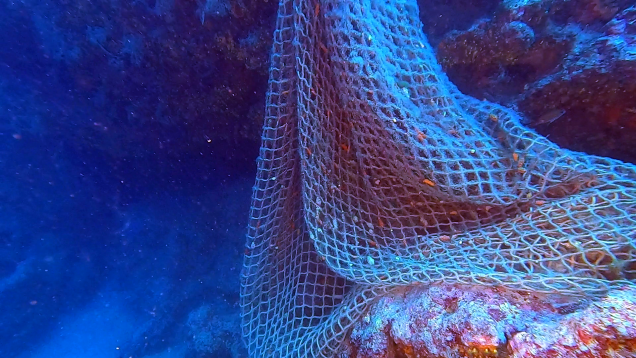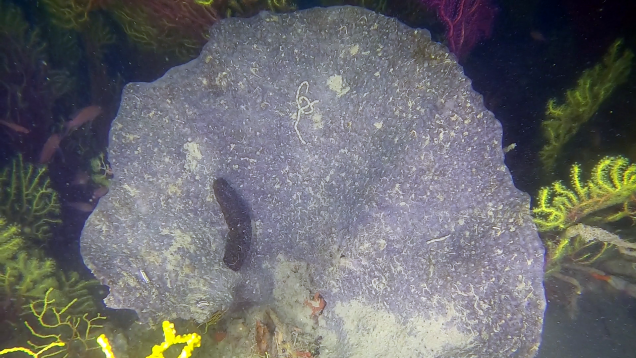Basket Star
The Basket Star is characterized by five tentacles, each branched several times, with which it clings to the branches of the soft corals and which are opened at night to feed on. The body has a diameter that can reach 8 centimeters, with the complete opening of the tentacles the maximum width of the entire animal can reach 80 centimeters. It feeds passively with the open tentacles, in particular of planktonic microparticles.




